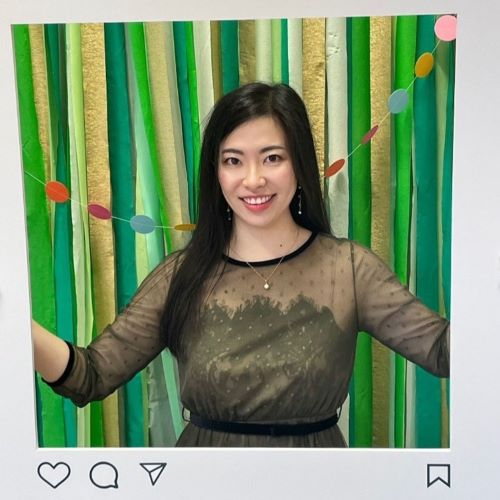Belinda (Dan Li) is a PhD student in the School of Education (SoE), within Faculty of Humanities Arts and Social Science (HASS). Her PhD is […]
Category: Event
Elsevier’s Early Career Researcher UK Awards 2018
Catherine is a PhD researcher in the Centre for Research in Ageing and Cognitive Health (REACH) at the University of Exeter. Her PhD research examines […]
Why have we started Women in Climate – and why you should do the same!
Dr Freya Garry graduated from the University of Southampton in 2013 with best in class for Master of Science in Oceanography. She remained based at […]
The Joy of Posters! Designing a poster that your audience will want to read
Caroline Nye is a social science researcher at the University of Exeter, having completed her PhD in rural sociology at the Centre for Rural Policy […]
ERIC Conference 2018
On 21st March, the fourth Exploring Research in Cornwall (ERIC) Postgraduate Research Conference was held at the Environment and Sustainability Institute (ESI), Penryn Campus. ERIC […]
How art can help communicate science
Anna Sowa is a documentary film producer with a strong background in international affairs policy and academic research. After completing her BA in Arabic with […]
3 Minute Thesis- What made me enter!
Elisabeth is a final year PhD student studying astrophysics. In her research she aims to detect planets orbiting other stars, and understand how these interact […]
Why enter PGR showcase?
I completed my Biological Sciences degree here at Exeter, before continuing on into an MbyRes. I undertook a joint project between Dr Helen Dawe and […]
International Women’s Day 2018- Why I got involved?
Skye is working towards a PhD in Biophysics at the University of Exeter. Her research looks at the physical properties of cell membrane and how […]
Soapbox Science: a celebration and cheer for female scientists, and one of the best experiences I had during my PhD
Isabel is a PhD student in the Complex Disease Epigenetics Group as part of the Alzheimer’s Society Exeter Doctoral Centre. Her PhD focuses on evaluating […]

